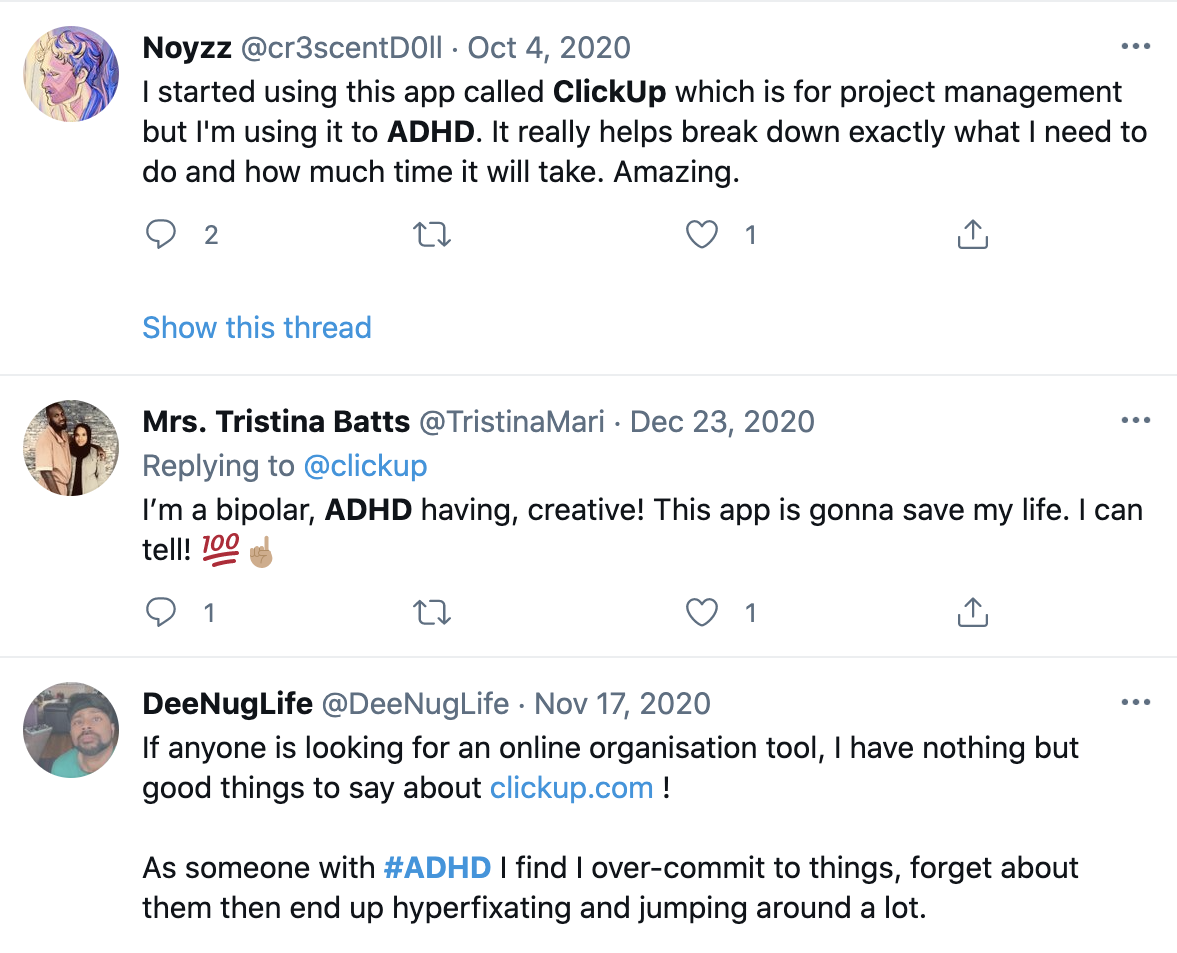What Neurodiverse People Wish Their Employers Knew

Sorry, there were no results found for “”
Sorry, there were no results found for “”
Sorry, there were no results found for “”
Here’s a hot take: the infamous “Diversity Day” episode of The Office truly set back how we value diversity in the workplace.
But maybe not for the reasons you think.

Regardless of how funny or cringe-worthy you find this episode, my biggest problem (besides the lazy punching down) is that it still reflects the commonly held idea that “diversity” in the workplace pertains to just race, gender, sexual orientation—that’s about it.
Make no mistake… these three facets are absolutely crucial, business-boosting components of diversity; however, there’s another aspect of human diversity that has only just begun to be valued in the workplace: Neurodiversity.
It’s not just about raising awareness of the value in hiring people who think, learn, and interact with others differently than the norm; it’s about getting business leaders to audit their own approaches to inclusivity.
Let’s discuss how!
It’s totally cool if you’re not familiar with the term; until putting this blog together, neither was I.
So you can imagine my surprise when I realized, “Oh man, I myself am neurodiverse!”
Neurodiversity is a broad label that pertains to roughly 20% of the population with neurological variations often lumped into the “disability” category. Things like being on the autism spectrum, having dyscalculia, or living with anxiety disorders make someone neurodiverse. Someone who doesn’t have any neurological or cognitive differences is considered a neurotypical person.
The biggest goal for a neurodiverse person is feeling empowered by their differences, not lesser for having them. It can be a source of inspiration to know that our history and culture have been shaped by many neurodiverse individuals, from entrepreneur Elon Musk (ASD) to Olympian gymnast Simone Biles (ADHD), from scientist Temple Grandin (autism) to queen of the world Cher (dyslexia).
What will further empower the millions of bright, talented, neurodiverse professionals is simply having more businesses rethink what setting their workforce up for success looks like on a spectrum. The first step? Listen to the people!
Hello, my name is Mandy, and I’m an adult currently living with inattentive ADHD and panic disorder. I’ve dealt with a few other neurologically rooted issues while growing up, but I have either largely overcome or drastically minimized their interference.
The ADHD and panics, however, have been my ride-or-dies since the beginning, and I don’t think they’re going anywhere soon.
Check out these ADHD apps!
I accept that these challenges help make me who I am, but I still often struggle with viewing them as anything but potential saboteurs. It doesn’t help that when I confide in friends or managers that I have ADHD, I’m worried that they automatically picture this is what’s going on in my brain:

Or that they think a panic attack is just a dramatic response to an understandably stressful development, like this:

In reality, my ADHD is less about being easily distracted by shiny objects and more about constantly forgetting things, having a poor natural concept of time, and having a primal urge to follow my whims before my needs.
When it comes to disclosing my panic disorder, my gut reaction is that I have to prove I’m not just a neurotic worry-wart who can’t handle life’s stressors. If anything, my panic attacks are rooted in my threshold for stress being so high for so long that, to simplify it, my brain thinks it’s most comfortable this way. That’s why it hits me like a Mack truck when seemingly out of nowhere, even while doing things I enjoy, all the adrenaline I subconsciously hoard is unleashed by one single worrying thought or bodily sensation. Before I can think, my entire body goes into the same fight-or-flight mode it would if that Mack truck was actually about to hit me.
But like any other neurodiverse adult, my differences aren’t my choice but they are my responsibility. And like any other human, each day requires some mental maintenance to make sure I’m setting myself up to employ my strengths while learning to improve my natural weaknesses—especially at work.
It’s encouraging to know that more and more organizations are starting to realize that people who truly think outside the box often require an out-of-the-box approach to management and structure from professional leadership.
For me, working for a platform that is non-opinionated and rooted in organization, custom visualization, and built-in communication has helped me realize that there are tools that work with the way my brain is wired to work and that my differences can also be my strengths.
In the midst of all of this neurological navel-gazing, I came across many other professionals who had the same “aha!” moment as me when they discovered ClickUp. Kyle on Twitter said it better than I could:

As I scrolled back further, I was delighted to see that even before I discovered ClickUp myself, people had been sharing how this non-opinionated, customizable platform had leveled up their work as neurodiverse individuals. If you’d like to know my perspective, I’ve also put together my own quick guide for how users with ADHD can use ClickUp.
Bonus: Organization Tools for Adults with ADHD

Yet 140 characters can only do so much. I wanted to hear what other neurodiverse professionals, ClickUp users, and advocates had to say about how an employer can walk the walk after they’ve talked the pro-neurodiversity talk.




When managed, I know that my neurological differences help contribute to my best qualities as a person. In a supportive job that provides me with tools that work the way I do, my ADHD means I’m naturally focused and efficient with creative tasks, and that my constant stream of new ideas has an organized place to live. I also see my panics as a sometimes-side-effect to my valuable ability to thrive under real—not imagined—pressure every day.
There are benefits and talents in absolutely every variation of neurodiversity, and society is finally coming around to seeing it. That thankfully includes in the workplace, which is why more and more companies must start implementing productivity tools, flexible work options, and a fresh mindset in leadership that reimagines what truly makes an employee a star.
One last thing—see this weird 3D rendering?

This is a myosin protein dragging an endorphin along a filament to the inner part of the brain’s parietal cortex, which creates happiness.
You’re looking at happiness.
At the end of the day, isn’t that what every brain wants?
© 2025 ClickUp